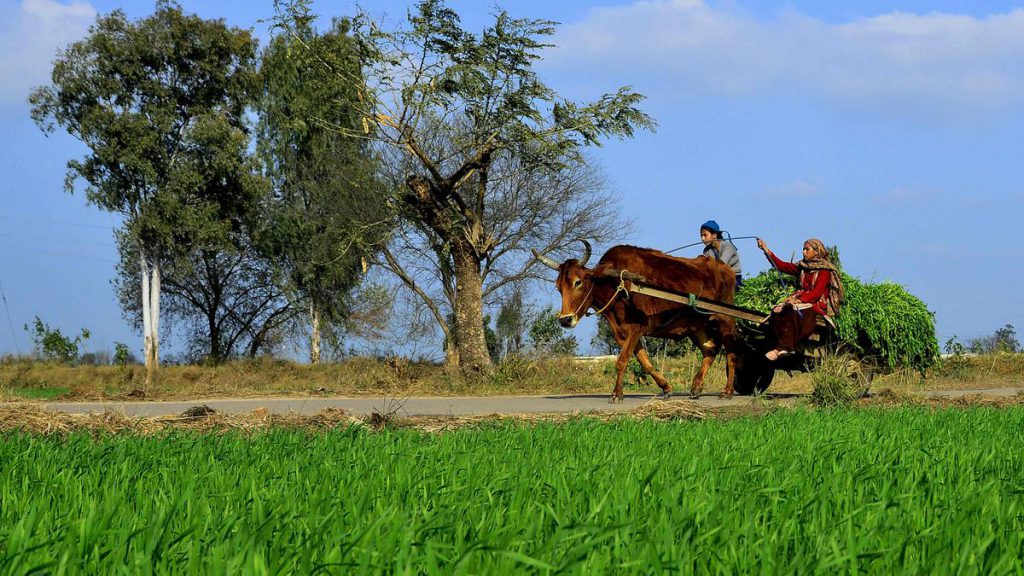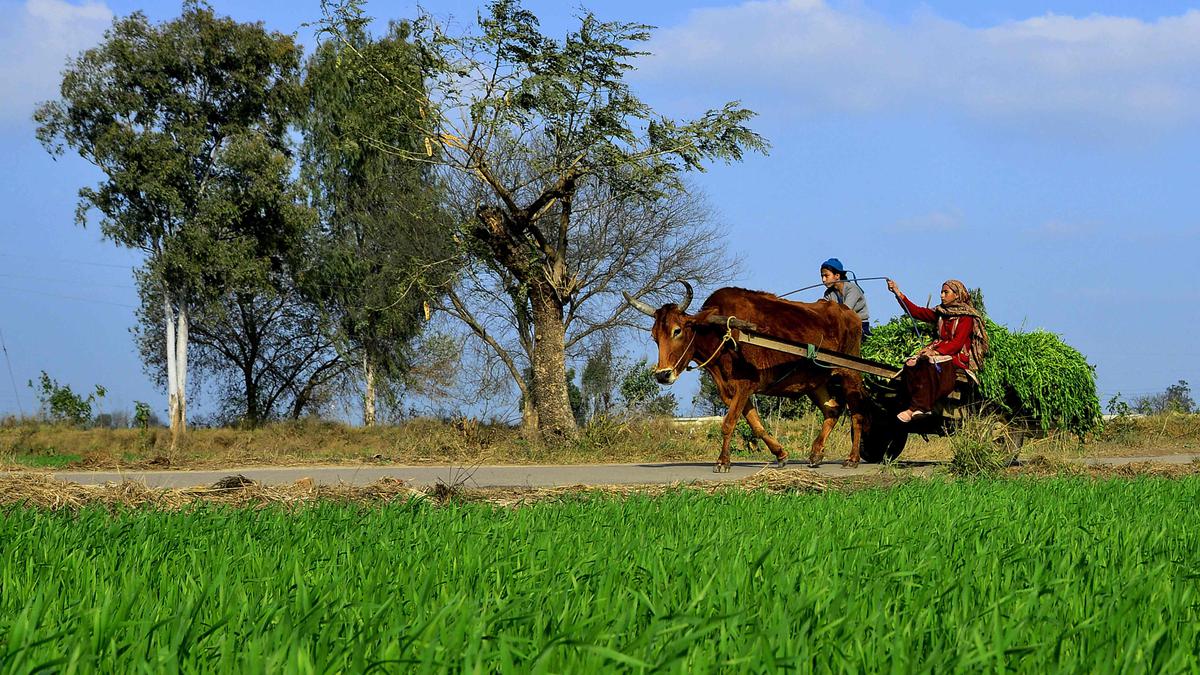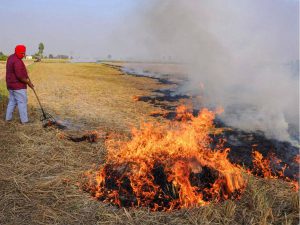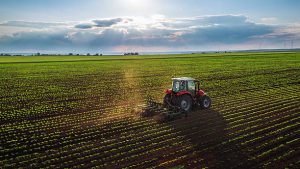The world is moving backwards in its effort to fight hunger, food insecurity and malnutrition. Projections now suggest that by 2030, 8% of the global population — 670 million people — will be undernourished. That’s the same percentage of people as it was in 2015, when the UN’s Sustainable Development Agenda was launched.
To deliver on the UN’s 2030 target, Agrifood systems must be transformed to be more resilient and deliver lower-cost nutritious foods and affordable healthy diets for all, sustainably and inclusively.
One potential solution to this problem is bolstering yields of food using new technologies and smart policies. And in this endeavor India is leading the way.

The power of Agritech
India aspires to be a global food bowl but struggles with 35-50% lower yields against global benchmarks. The growth of yields has globally slowed to rates that are too low to sustain the exploding global demand. Digital technologies can be used to manage soil health, optimize resources and mitigate risks. Providing precise, scientific and personalized advisory and products is vital. The solutions include diagnostics and predictions for crop disease and pest attacks, access to trained agronomists or smart assistants codified with agronomy knowledge and satellite imaging-based advisory to improve yield.
These solutions should also be cost-effective to ensure mass adoption. Reducing the cost of inputs via products, services and implements. This could be through mechanized services, optimized product formulations, customized formulations and package of practices or improved access to agricultural information and know-how.
Mass adoption of tested interventions can happen with trust and digital outreach campaigns. Therefore, public private partnerships can unlock scale in agriculture sector, and India’s Digital Public Infrastructure holds a lot of promise.
India’s AgriStack initiative aims tounlock this potential further and capitalize on and boost the country’s vast agricultural industry.
AgriStack: India’s Agritech revolution
AgriStack is a government initiative to build an ecosystem that facilitates the delivery of digital agriculture services, including responsible advisories and access to quality inputs. AgriStack consists of various databases, registries, data standards, APIs, policies and a regulator. AgriStack will provide data to identify genuine farmers (Farmer ID), pinpoint the farm location (Farm ID) through geotagging and track what crop they are growing (Crop Survey).
The three core registries are the Farmer Registry – a collection of roughly 120 million unique farmer IDs, with linkages to owned land; geo-referenced village maps; and the crop sown registry, a nationally standardized registry to be used by states for surveys.
Maintaining AgriStack’s crop sown registry could boost the rural gig economy, as roughly 650,000 village-level entrepreneurs will be able to do ground truthing — in which they verify the accuracy of remote sensing data in person — for 180 million landholdings over the year.
The data-rich ecosystem will help India’s Agritech sector grow, attracting talent and capital while bolstering food production and security in India and beyond. A consent management framework for data, and other regulatory checks, will ensure the farmers benefit from this Agritech overhaul.
Getting it right with industry-government dialogue
The World Economic Forum’s AI4AI initiative is driving industry-government dialogue to generate insights on creating an innovation ecosystem around AgriStack, identify ways to mitigate risks of digital advisories, gain industry feedback that can further inform government to develop enabling features and policies and to develop innovative solutions from the private sector.
While new technologies unlock exciting opportunities, it is important to safeguard end beneficiaries from unwarranted risks. The new digital advisories may lack an institutional validation and thus pose risks. The absence of proper quality control measures in the online agri-input marketplace is one such risk. These could be addressed by a multi-stakeholder community.
A recent workshop, organized along with the Government of India, UPL SAS and several other stakeholders, culminated with eight recommendations:
- Create a data ecosystem map. Even if many companies are onboarded, they won’t be able to actualize a use case unless their ecosystem partners are onboarded too.
- Initiate a pilot with specific value chain and geographies. This would help by defining engagement models with AgriStack. Key lessons can be learnt from active pilot in agri-financial services, being delivered by leveraging AgriStack.
- Enable data collection and integration via AgriStack. Retailer-level data on pesticide and fertilizer sales are valuable for predicting pest attacks and disease outbreaks.
- Include Mandi transaction data in conjunction with land-record-based AgriStack data to enhance agricultural insights. Common commodity registries in e-NAM, AgriStack and ONDC should be a priority to ensure industry standardization.
- Add private data to AgriStack and account for marketplace modalities. For example, time-series data on the quality of various commodities from 200 procurement centres is available with a stakeholder. This could be an extremely valuable dataset for optimized service delivery.
- Include insights from the Kenya Agri Data Exchange, focusing on input supply chain management and philanthropic initiatives for risk capital.
- Create incentives for states to promote digital readiness in adopting AgriStack technologies. The idea of a “Digital Readiness of Agridata States Index” is promising and could be developed further.
- Include processed data available as a result of rapid advancements in satellite data and AI. For example, supply chain management can improve significantly for crop protection companies and save crops from pest attack before it gets too late.
AgriStack is poised to create a digital wave and fundamentally change the way Indian farmers work and are served. It will fast track the process of bringing a large, underserved population into the formal economy. AgriStack is a digital public infrastructure and it’s the responsibility of both government and industry as well to scale and sustain it. Doing so won’t just be good for India’s farmers, but food security and hunger as a while will benefit from the creation of this Agritech ecosystem.
visit – www.kisansabha.in





